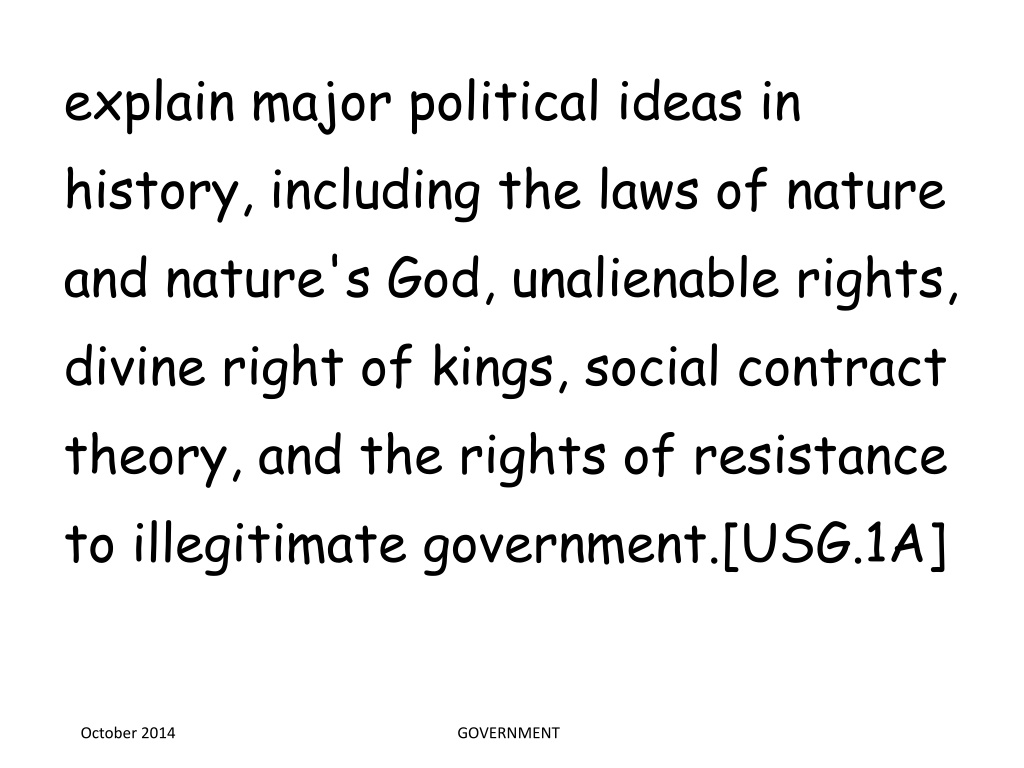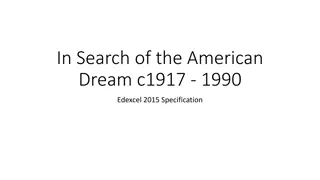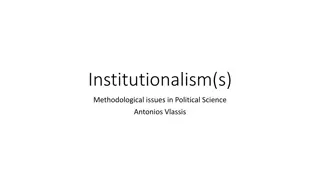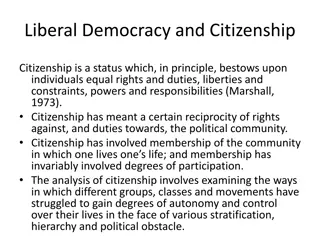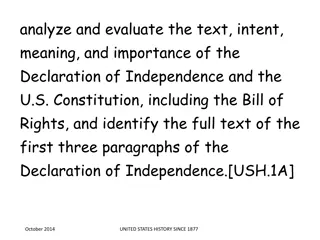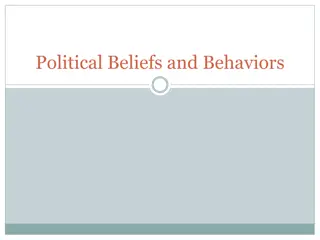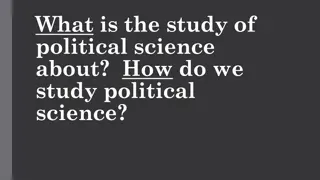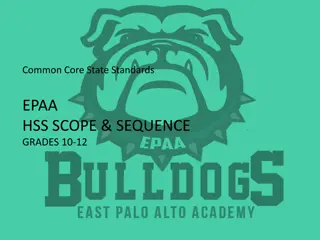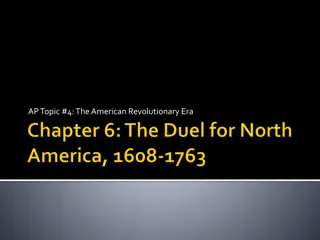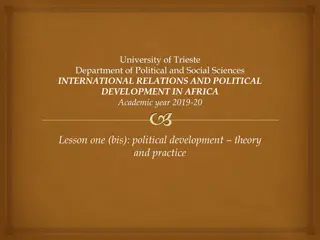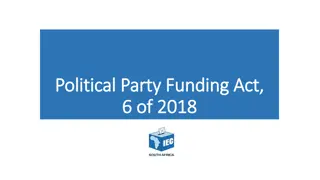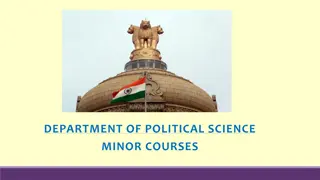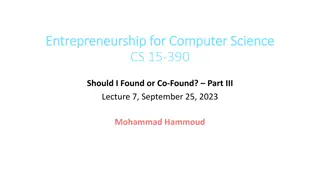Evolution of Political Ideas and Influences on American Founding
In the history of politics, major ideas like laws of nature, unalienable rights, divine right of kings, social contract theory, and rights of resistance have influenced the American founding. Various traditions such as Judeo-Christian, English common law, Enlightenment, and republicanism played a significant role in shaping the principles of liberty, rights, and responsibilities. Notable individuals like Moses, William Blackstone, John Locke, and Charles de Montesquieu, along with Founding Fathers such as John Adams, Thomas Jefferson, and James Madison, contributed to the development of the U.S. government through their political philosophies. The creation of founding documents involved debates and compromises, impacting the political landscape. Significant figures like George Washington, Abraham Lincoln, and Ronald Reagan further influenced government and politics. Various processes utilized by individuals, political parties, interest groups, and the media shape public policy, reflecting the evolving nature of political changes.
Uploaded on Sep 25, 2024 | 0 Views
Download Presentation

Please find below an Image/Link to download the presentation.
The content on the website is provided AS IS for your information and personal use only. It may not be sold, licensed, or shared on other websites without obtaining consent from the author. Download presentation by click this link. If you encounter any issues during the download, it is possible that the publisher has removed the file from their server.
E N D
Presentation Transcript
explain major political ideas in history, including the laws of nature and nature's God, unalienable rights, divine right of kings, social contract theory, and the rights of resistance to illegitimate government.[USG.1A] October 2014 GOVERNMENT
identify major intellectual, philosophical, political, and religious traditions that informed the American founding, including Judeo-Christian (especially biblical law), English common law and constitutionalism, Enlightenment, and republicanism, as they address issues of liberty, rights, and responsibilities of individuals.[USG.1B] October 2014 GOVERNMENT
identify the individuals whose principles of laws and government institutions informed the American founding documents, including those of Moses, William Blackstone, John Locke, and Charles de Montesquieu.[USG.1C] October 2014 GOVERNMENT
identify the contributions of the political philosophies of the Founding Fathers, including John Adams, Alexander Hamilton, Thomas Jefferson, James Madison, John Jay, George Mason, Roger Sherman, and James Wilson, on the development of the U.S. government.[USG.1D] October 2014 GOVERNMENT
examine debates and compromises that impacted the creation of the founding documents.[USG.1E] October 2014 GOVERNMENT
identify significant individuals in the field of government and politics, including George Washington, Thomas Jefferson, John Marshall, Andrew Jackson, Abraham Lincoln, Theodore Roosevelt, Franklin D. Roosevelt, and Ronald Reagan.[USG.1F] October 2014 GOVERNMENT
give examples of the processes used by individuals, political parties, interest groups, or the media to affect public policy.[USG.2A] October 2014 GOVERNMENT
analyze the impact of political changes brought about by individuals, political parties, interest groups, or the media, past and present.[USG.2B] October 2014 GOVERNMENT
understand how population shifts affect voting patterns.[USG.3A] October 2014 GOVERNMENT
examine political boundaries to make inferences regarding the distribution of political power.[USG.3B] October 2014 GOVERNMENT
explain how political divisions are crafted and how they are affected by Supreme Court decisions such as Baker v. Carr.[USG.3C] October 2014 GOVERNMENT
identify the significance to the United States of the location and key natural resources of selected global places or regions.[USG.4A] October 2014 GOVERNMENT
analyze how U.S. foreign policy affects selected places and regions.[USG.4B] October 2014 GOVERNMENT
explain how government fiscal, monetary, and regulatory policies influence the economy at the local, state, and national levels.[USG.5A] October 2014 GOVERNMENT
identify the sources of revenue and expenditures of the U. S. government and analyze their impact on the U.S. economy.[USG.5B] October 2014 GOVERNMENT
compare the role of government in the U.S. free enterprise system and other economic systems.[USG.5C] October 2014 GOVERNMENT
understand how government taxation and regulation can serve as restrictions to private enterprise.[USG.5D] October 2014 GOVERNMENT
examine how the U.S. government uses economic resources in foreign policy.[USG.6A] October 2014 GOVERNMENT
understand the roles of the executive and legislative branches in setting international trade and fiscal policies.[USG.6B] October 2014 GOVERNMENT
explain the importance of a written constitution.[USG.7A] October 2014 GOVERNMENT
evaluate how the federal government serves the purposes set forth in the Preamble to the U.S. Constitution.[USG.7B] October 2014 GOVERNMENT
analyze how the Federalist Papers such as Number 10, Number 39, and Number 51 explain the principles of the American constitutional system of government.[USG.7C] October 2014 GOVERNMENT
evaluate constitutional provisions for limiting the role of government, including republicanism, checks and balances, federalism, separation of powers, popular sovereignty, and individual rights.[USG.7D] October 2014 GOVERNMENT
describe the constitutionally prescribed procedures by which the U.S. Constitution can be changed and analyze the role of the amendment process in a constitutional government.[USG.7E] October 2014 GOVERNMENT
identify how the American beliefs and principles reflected in the Declaration of Independence and the U.S. Constitution contribute to both a national identity and federal identity and are embodied in the United States today.[USG.7F] October 2014 GOVERNMENT
examine the reasons the Founding Fathers protected religious freedom in America and guaranteed its free exercise by saying that "Congress shall make no law respecting an establishment of religion, or prohibiting the free exercise thereof, " and compare and contrast this to the phrase, "separation of church and state."[USG.7G] October 2014 GOVERNMENT
analyze the structure and functions of the legislative branch of government, including the bicameral structure of Congress, the role of committees, and the procedure for enacting laws.[USG.8A] October 2014 GOVERNMENT
analyze the structure and functions of the executive branch of government, including the constitutional powers of the president, the growth of presidential power, and the role of the Cabinet and executive departments.[USG.8B] October 2014 GOVERNMENT
analyze the structure and functions of the judicial branch of government, including the federal court system, types of jurisdiction, and judicial review.[USG.8C] October 2014 GOVERNMENT
identify the purpose of selected independent executive agencies, including the National Aeronautics and Space Administration (NASA), and regulatory commissions, including the Environmental Protection Agency (EPA), Occupational Safety and Health Administration (OSHA), Food and Drug Administration (FDA), and Federal Communications Commission (FCC).[USG.8D] October 2014 GOVERNMENT
explain how certain provisions of the U.S. Constitution provide for checks and balances among the three branches of government.[USG.8E] October 2014 GOVERNMENT
analyze selected issues raised by judicial activism and judicial restraint.[USG.8F] October 2014 GOVERNMENT
explain the major responsibilities of the federal government for domestic and foreign policy such as national defense.[USG.8G] October 2014 GOVERNMENT
compare the structures, functions, and processes of national, state, and local governments in the U.S. federal system.[USG.8H] October 2014 GOVERNMENT
explain why the Founding Fathers created a distinctly new form of federalism and adopted a federal system of government instead of a unitary system.[USG.9A] October 2014 GOVERNMENT
categorize government powers as national, state, or shared.[USG.9B] October 2014 GOVERNMENT
analyze historical and contemporary conflicts over the respective roles of national and state governments.[USG.9C] October 2014 GOVERNMENT
understand the limits on the national and state governments in the U.S. federal system of government.[USG.9D] October 2014 GOVERNMENT
compare different methods of filling public offices, including elected and appointed offices at the local, state, and national levels.[USG.10A] October 2014 GOVERNMENT
explain the process of electing the president of the United States and analyze the Electoral College.[USG.10B] October 2014 GOVERNMENT
analyze the impact of the passage of the 17th Amendment.[USG.10C] October 2014 GOVERNMENT
analyze the functions of political parties and their role in the electoral process at local, state, and national levels.[USG.11A] October 2014 GOVERNMENT
explain the two-party system and evaluate the role of third parties in the United States.[USG.11B] October 2014 GOVERNMENT
identify opportunities for citizens to participate in political party activities at local, state, and national levels.[USG.11C] October 2014 GOVERNMENT
compare the U.S. constitutional republic to historical and contemporary forms of government such as monarchy, a classical republic, authoritarian, socialist, direct democracy, theocracy, tribal, and other republics.[USG.12A] October 2014 GOVERNMENT
analyze advantages and disadvantages of federal, confederate, and unitary systems of government.[USG.12B] October 2014 GOVERNMENT
analyze advantages and disadvantages of presidential and parliamentary systems of government.[USG.12C] October 2014 GOVERNMENT
understand the roles of limited government and the rule of law in the protection of individual rights.[USG.13A] October 2014 GOVERNMENT
identify and define the unalienable rights.[USG.13B] October 2014 GOVERNMENT
identify the freedoms and rights guaranteed by each amendment in the Bill of Rights.[USG.13C] October 2014 GOVERNMENT
